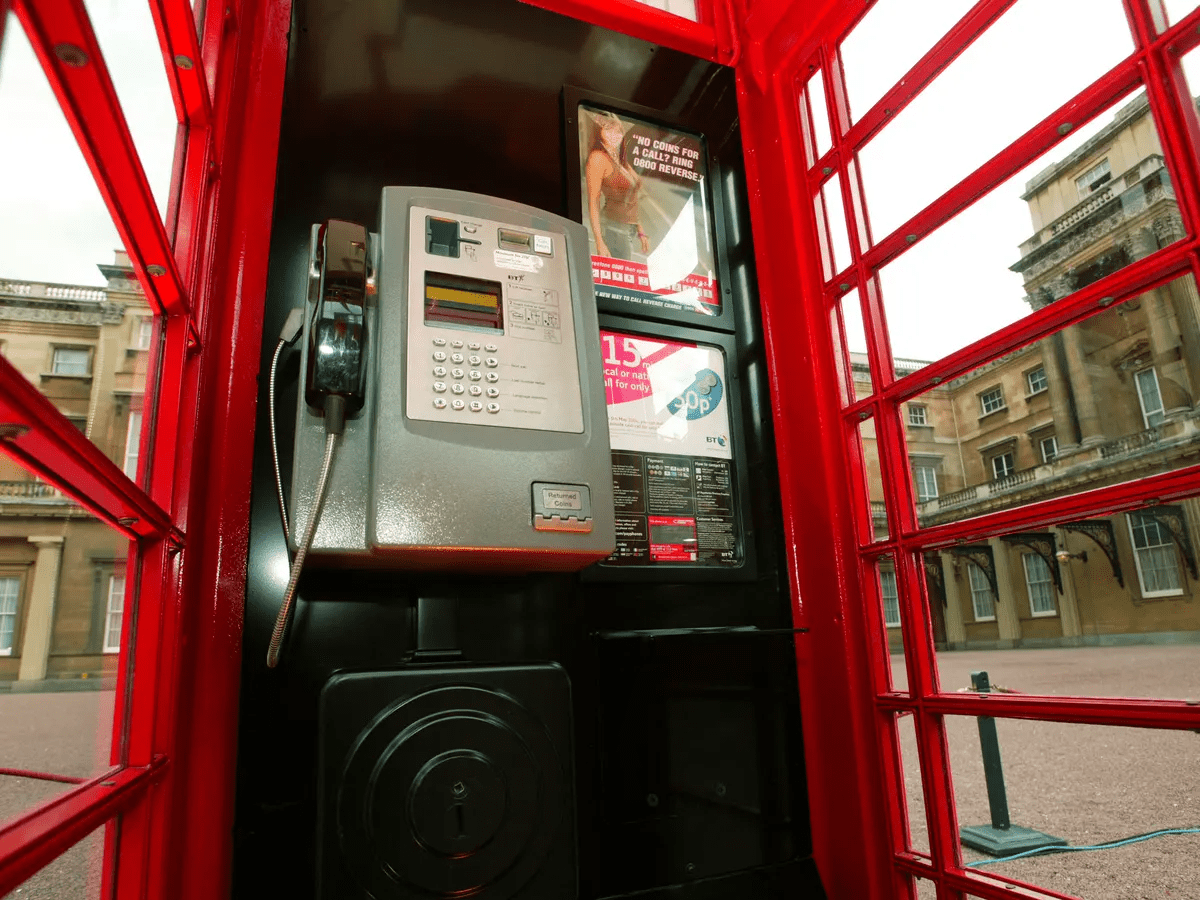One of London’s most famous symbols is the red telephone box. Besides being one of the most important economic, financial, educational, artistic, cultural and business centres, this city is associated with the red telephone box for most of us. However, a few people know the interesting history of the creation of telephone communication in the capital of Great Britain. For example, why was the country’s first telephone exchange located in London? How were phone numbers developed? Why didn’t the red boxes play a significant role in the history of telephone communication? What has changed with the development of modern technologies? Learn more at london-future.
What preceded the emergence of telephone communication in London?
The 19th century was marked by a lot of amazing discoveries and significant industrious progress almost throughout Europe. The capital of Great Britain caught up with that tendency too. Thus, it is not surprising that many new ideas were implemented for the first time in this city. The creation of various enterprises, the emergence of street lighting and the expansion of the transport system became the first impetus to establish fast and effective communication between people. Telephone communication was necessary for the developing city. Meanwhile, the history of telephone numbers is a journey intertwined with the evolution of communication technologies.
The first telephone exchange
Although Great Britain introduced some progressive decisions regarding telephone communication at the beginning of the 19th century, its residents could see significant changes after the event that happened in 1879. Then the first telephone exchange was opened in London. It allowed operators to make calls by plugging and unplugging the cables. On August 2 of the same year, the Edison Telephone Company of London Ltd was registered. By the end of the year, it already served 172 users. Such large-scale popularity became the impetus for the introduction of telephone numbers.
Evolution of telephone numbers

Before considering the history of telephone numbers, it is necessary to outline their use in a broad context. The concept of assigning numeric identifiers to telephone lines dates back to the late 19th century. In the early months, when the development of the telephone network began to reach a significant scale, operators manually connected calls, often requiring users to specify the name of the person or institution they wanted to contact. Initially, telephone numbers weren’t standardised and were of different lengths. However, as the number of users increased, a standardised numbering system became essential to ensure efficient communication. Thus, a national numbering system was introduced throughout the country. It divided Great Britain into several geographical areas, each of which was assigned a unique three-digit code. London also got it (020). The introduction of such numbering made it possible to bring order to the telephone network, as well as to ensure effective routing of calls. In 2000, a new area code, 0203, was introduced in London in addition to the existing 020. With the introduction and spread of mobile phones and the development of digital communication, the way telephone numbers are used has changed significantly. Traditional landline phones are no longer the main means of communication in London. Instead, cell phones became more common, allowing people to stay connected wherever they were.